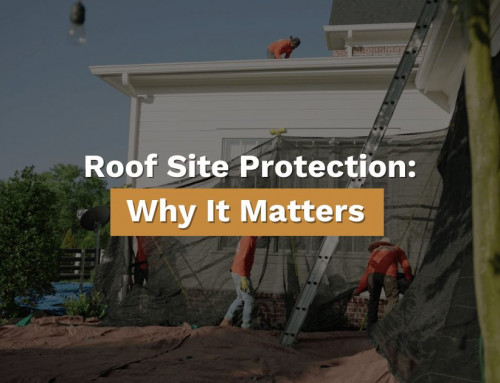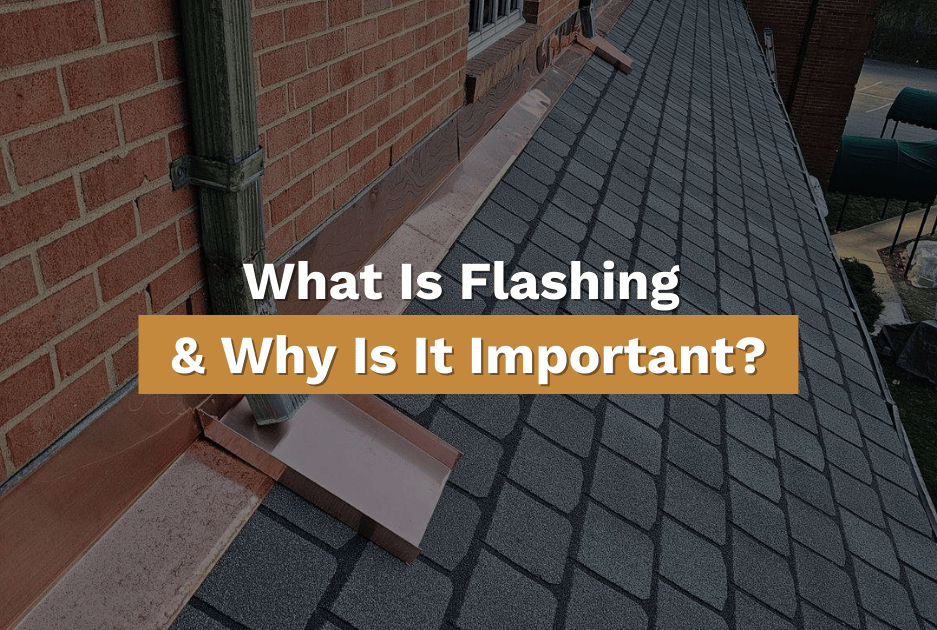
Highlights for Roof Flashing Significance
Roof flashing is a critical barrier that prevents leaks by directing water away from chimneys, skylights, vents, and valleys. Made from durable materials like aluminum, copper, or galvanized steel, it protects your roof from water damage, mold, and structural issues. Proper installation and regular maintenance help extend the lifespan of roofs and improve energy efficiency. If flashing becomes damaged or improperly installed, it can lead to costly leaks, so schedule inspections and repairs with a professional roofer to keep your home dry and secure.
Table of Contents
Why Roof Flashing Matters: Protecting Your Home from Leaks
Roof flashing is one of the most critical components of a well-maintained roof, preventing leaks and protecting your home from costly roof water damage. Whether you have asphalt shingles, slate, and tile roofs or a metal roof, installing flashing ensures that water is directed away from vulnerable areas where two roof planes meet. A leaking roof can lead to damaged insulation, rotted walls, and costly repairs without proper installation. This guide will cover everything you need to know about flashing, including common roof damage issues, regular maintenance tips, and when to call a professional roofer for help.
What Is Roof Flashing?
Flashing is thin, durable sheet metal—commonly aluminum, galvanized steel, or copper—installed to prevent leaks where the roofing material meets a vertical surface. When properly installed, flashing sheds water away from joints and intersections, preventing water infiltration and roof damage.
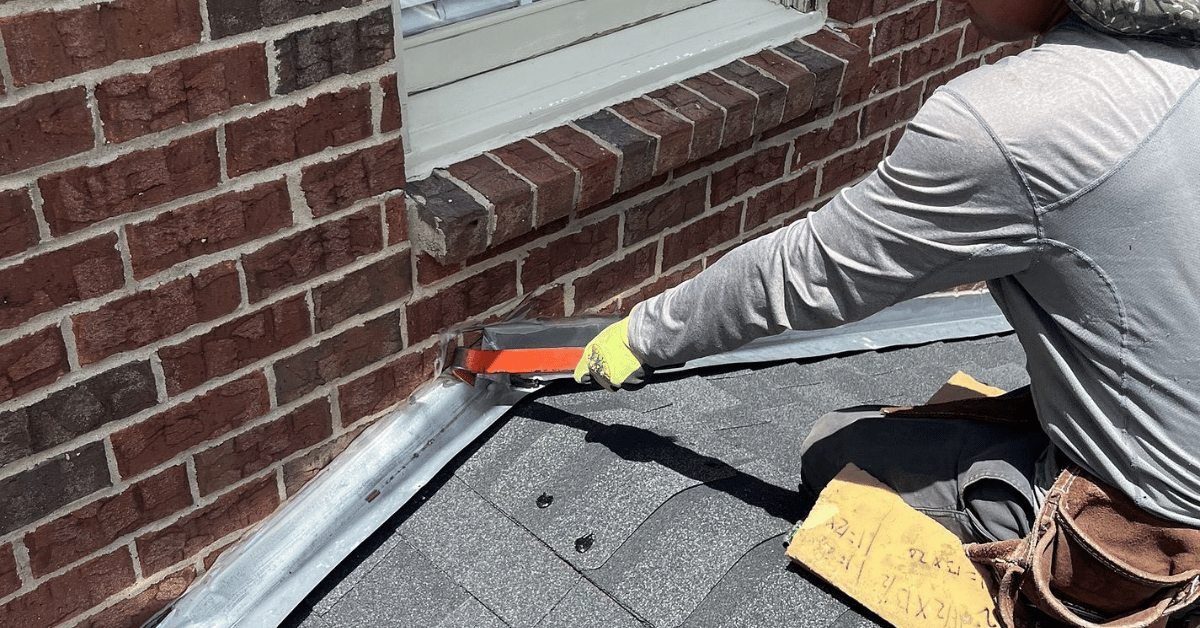
Where Is Flashing Used?
It is crucial in any area of a roof where there is an opening, break, or vulnerable area, including:
-
Chimneys – Flashing and cap flashings create a watertight seal around the chimney base.
-
Skylights & Solar Panels – Special flashing prevents leaks around these roof features.
-
Dormers & Walls – Prevents water from seeping into the roof deck where it meets vertical walls.
-
Valleys – Where two roof planes meet, water pressure increases, making valley flashing critical.
-
Eaves & Rakes – Drip edge flashing protects the top edge of the roof deck from water damage.
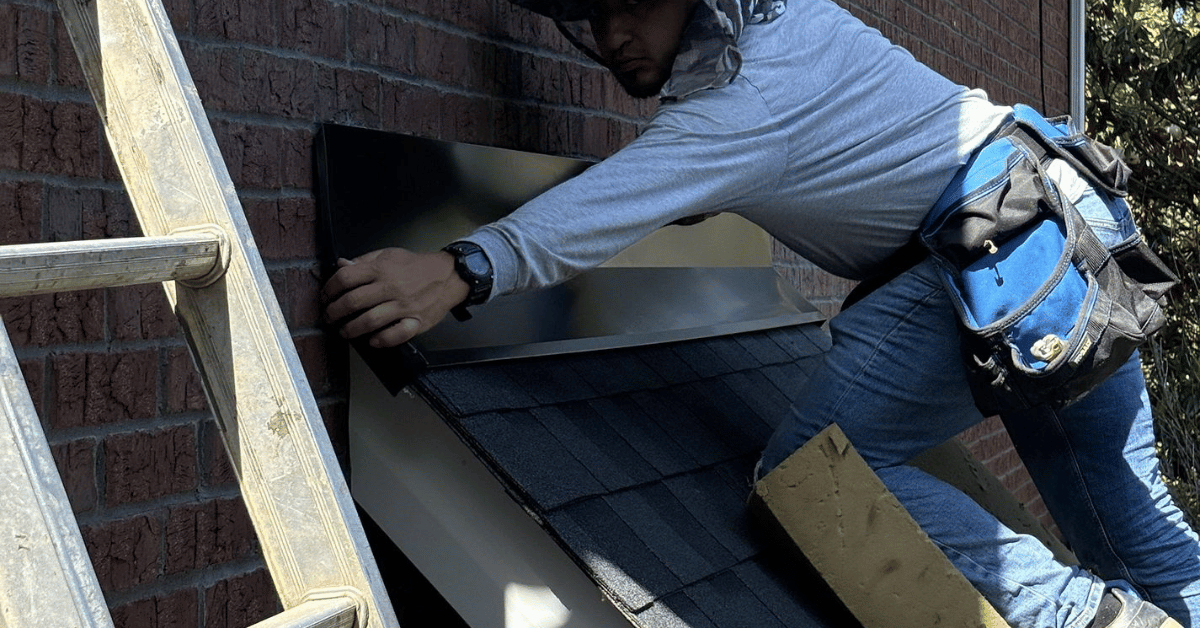
Types of Roof Flashing
Step Flashing
Step flashing is used where roof planes meet vertical walls. It consists of small overlapping pieces of metal installed in layers with shingles to shed water away. Step flashing is essential for preventing leaks around dormers and side walls.
Base Flashing & Counter Flashing
Base flashing is installed at the bottom of structures like chimneys and dormers, while counter flashing is embedded into the brick or siding to cover the top edge of the base flashing. Together, they prevent leaks in high-risk areas.
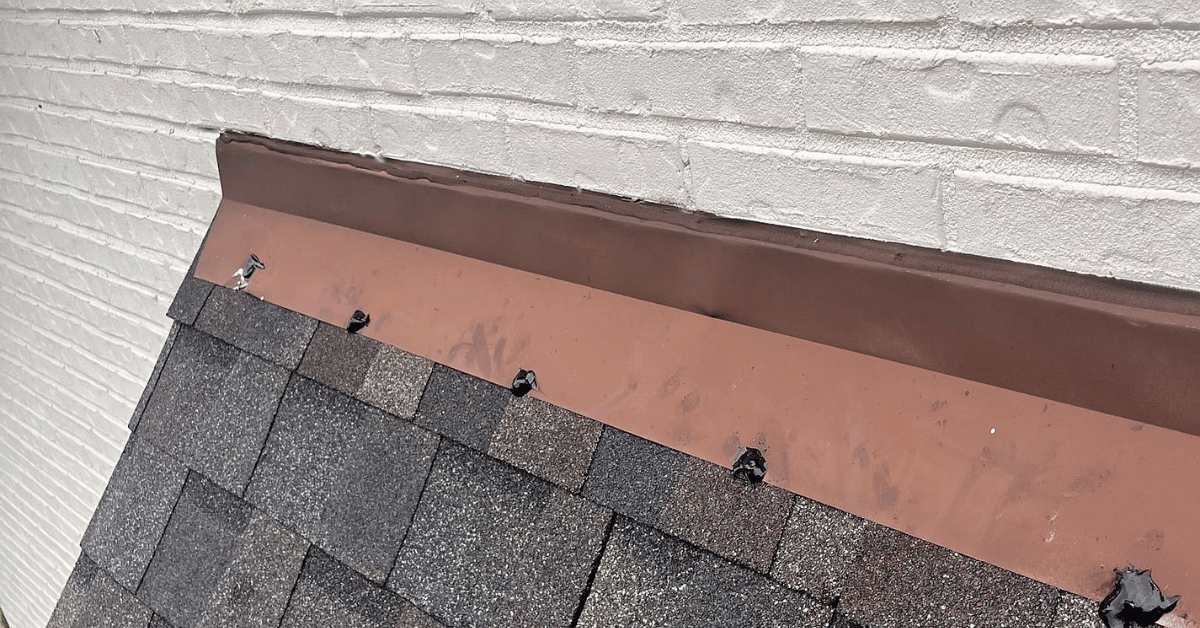
Drip Edge Flashing
This is installed along eaves and rakes to protect the roof deck from water infiltration. To prevent roof damage, a well-maintained roof should always have drip edge flashing.
Valley Flashing
Valley flashing helps direct water safely off the roof where two roof planes meet to form a valley. Without it, shingles alone couldn’t handle the increased water flow freely through these areas.
Cap Flashings
Cap flashings, often installed on parapet walls or chimneys, prevent water from seeping into the structure’s top edge, reducing the risk of water damage.
Why Flashing Is Important
Prevents Leaks and Water Damage
One of the most common causes of roof leaks is improperly installed or missing flashing. A leaky roof can damage insulation, stain ceilings, and rot wood shingles. Proper flashing prevents leaks before they start.
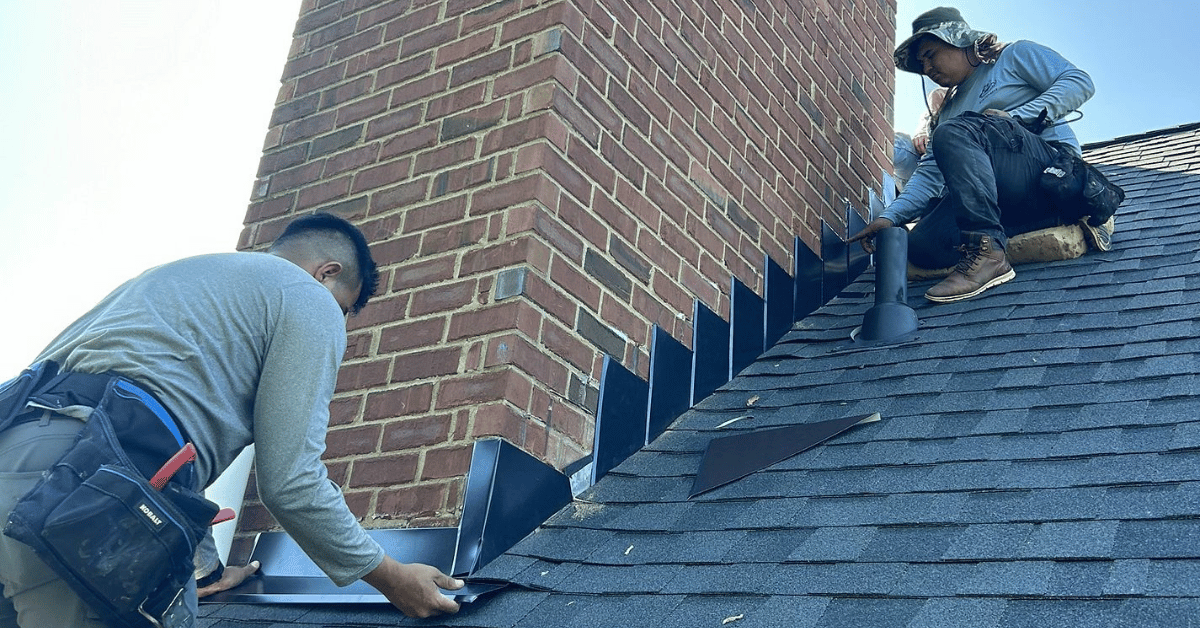
Extends the Life of Your Roof
Without it water would soak the roofing material and compromise the structure. A roofing contractor will always include flashing to extend the lifespan of a new roof.
Improves Energy Efficiency
Moisture damage can reduce insulation effectiveness, increasing energy bills. A properly installed and well-maintained roof with adequate ventilation will help regulate attic space temperature and improve energy efficiency.
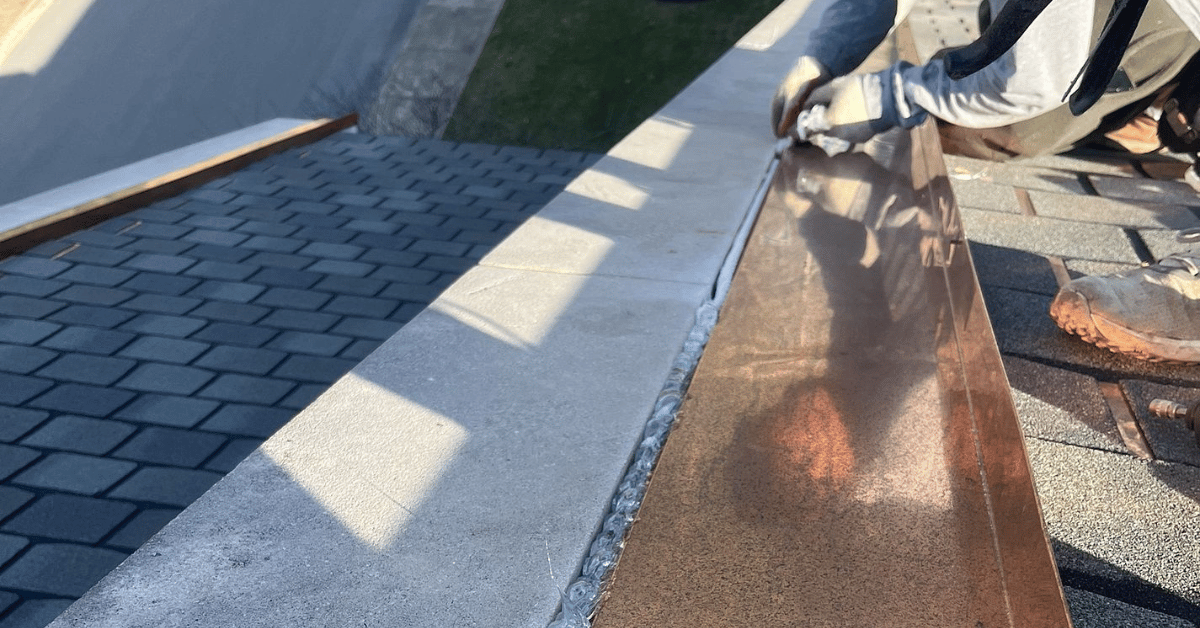
Prevents Ice Dams and Roof Damage
In cold climates, ice dams can form at the edges of roofs, causing water to back up under shingles. It helps direct water off the roof, preventing it from refreezing and causing water infiltration.
Enhances Curb Appeal
A roof with missing shingles, rusted flashing, and water stains on exterior walls won’t do your home’s curb appeal any favors. Keeping flashing in good shape keeps your home looking great.
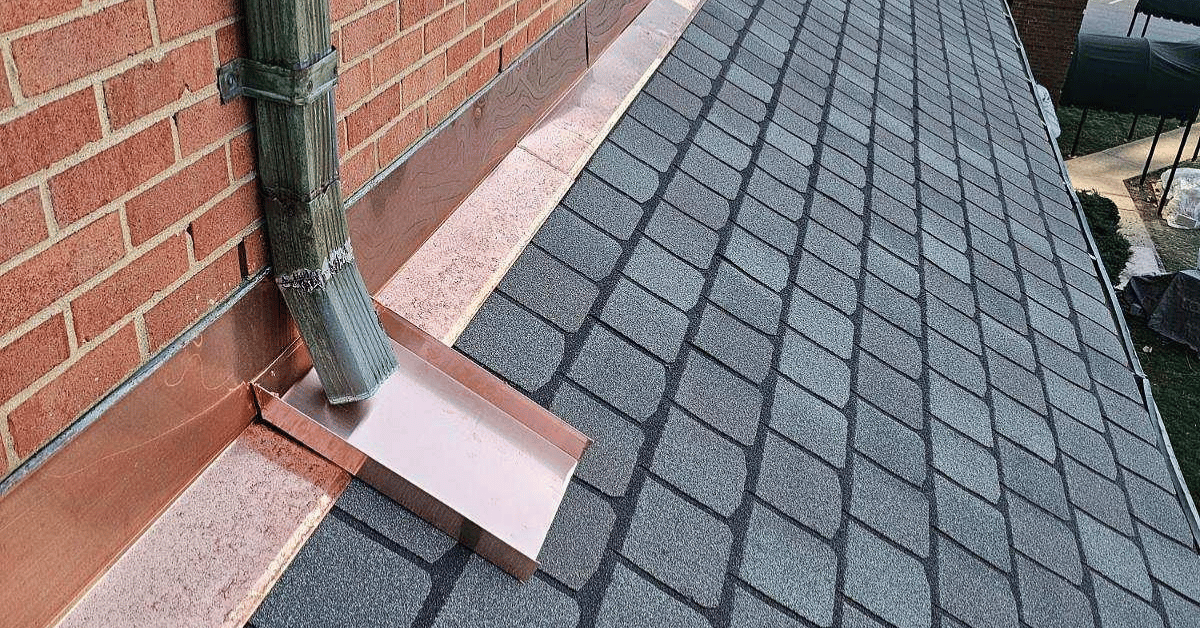
Common Roof Flashing Problems
Improper Installation
One of the leading causes of roof leaks is improper installation. Roofing professionals secure flashing with nails and cement, making sure it is wholly covered and adequately sealed.
Corrosion & Rust
Metal can corrode over time, especially on older roofs. Sheet metal options like copper and aluminum are more rust-resistant than galvanized steel.
Clogged Gutters and Debris Buildup
If gutters become clogged with leaves and debris, water can overflow and pool around the flashing, increasing the risk of a leaking roof. Regular maintenance, including clearing clogged gutters, can prevent roof water damage.
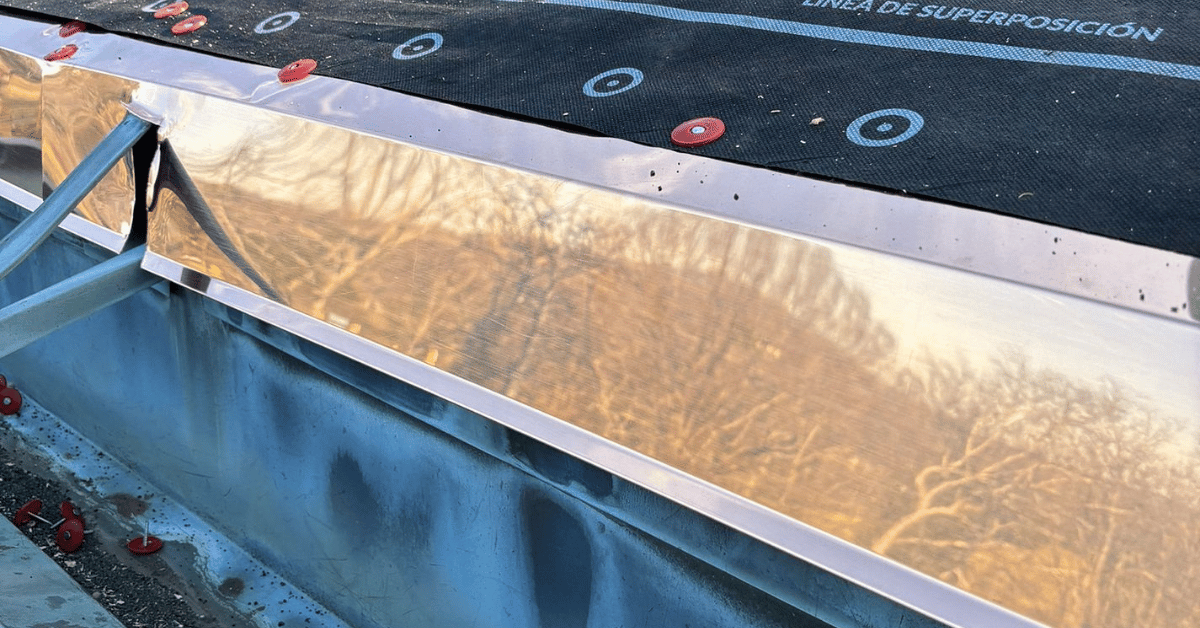
Storm Damage
Severe weather, falling branches, or high winds can damage flashing. Regular inspections after storms help identify bent or missing flashing before a small leak becomes a significant problem.
How to Maintain Roof Flashing
1. Regular Inspections
Schedule regular inspections to check for damaged shingles, missing flashing, or roof leaks. Inspections should be done at least twice a year and after major storms.
2. Look for Signs of Damage
-
Water stains on ceilings or attic space
-
Curling or missing shingles near flashing
-
Loose or rusted flashing around chimneys, dormers, or vents
-
Roof deck soft spots due to water infiltration
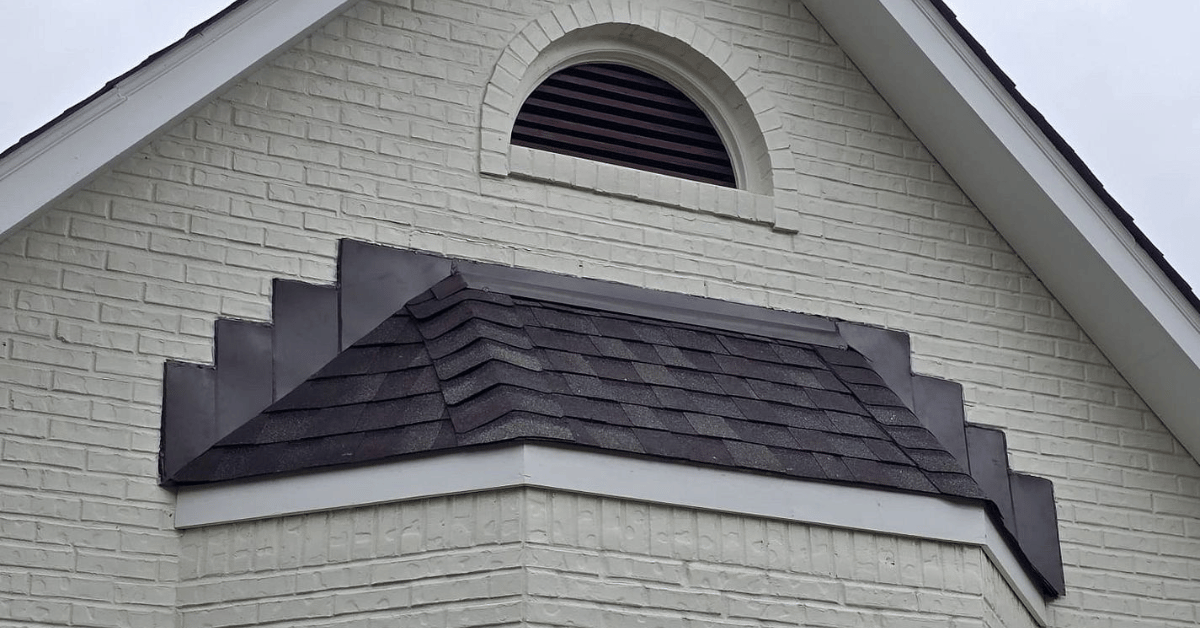
3. Repair or Replace Damaged Flashing
If flashing is loose or slightly bent, gently remove it with tin snips, straighten it, and reinstall it with roofing nails. Replacing the flashing is the best option if it is severely corroded.
4. Ensure Proper Installation During a Roof Replacement
Ensure flashing is included in the installation process when getting a new roof. To prevent leaks, a professional roofer will ensure step flashing, valley flashing, and base flashing are correctly installed.
5. Call a Professional for Major Repairs
Call a professional if you notice a small leak but aren’t sure how to fix it. A roofing contractor can assess the damage, repair or replace the flashing, and check for additional roof damage.
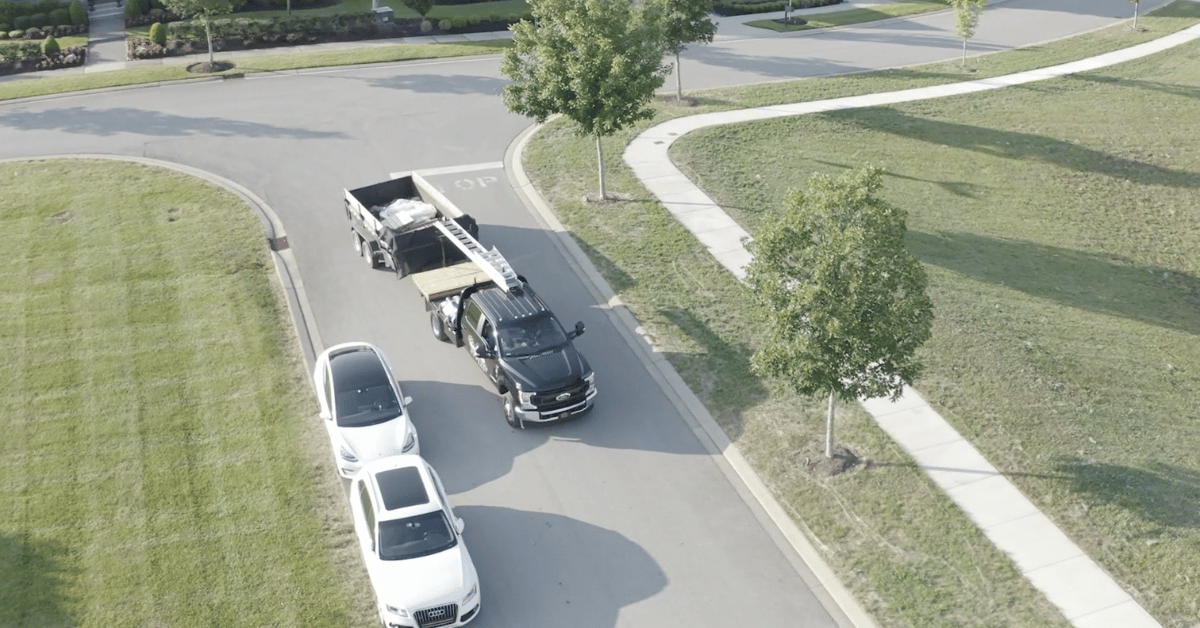
Flashing and Building Codes
Building codes require flashing in specific areas of a roof to prevent leaks. If the system is improperly installed or missing, an insurance claim for roof damage may be void. Always hire a licensed roofing professional to ensure compliance with building codes.
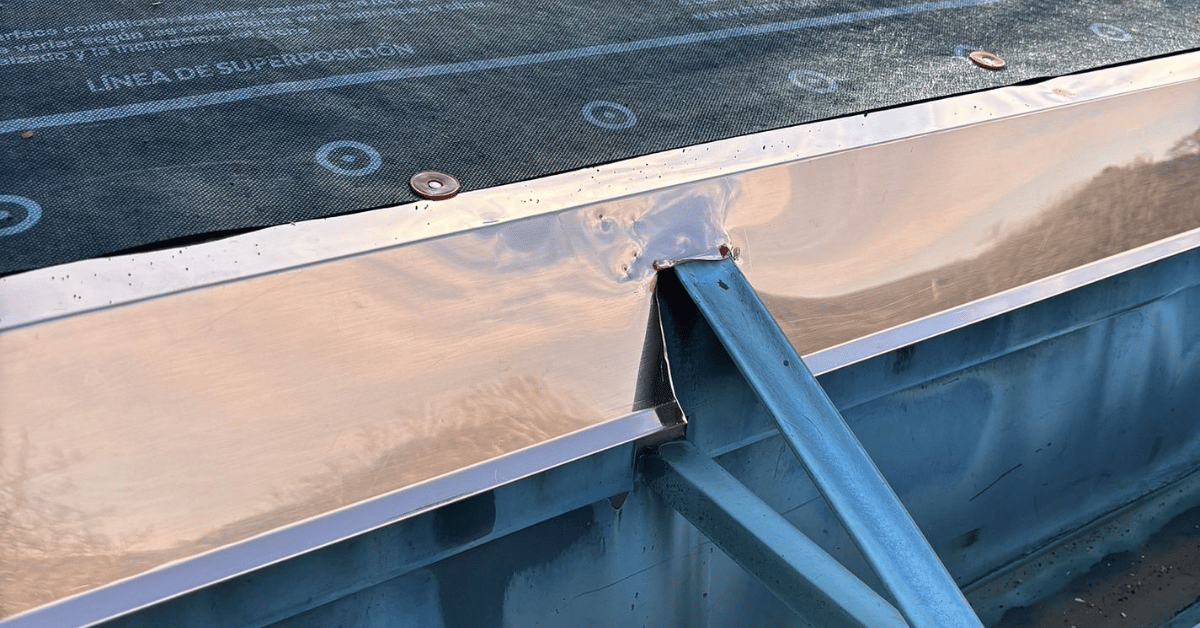
When to Replace Flashing
Flashing should be replaced during a roof replacement, but in some cases, new flashing may be needed sooner. Consider replacing if:
-
It is rusted or corroded
-
It is bent or has gaps
-
Water stains appear inside the home
-
There are frequent leaks despite repairs
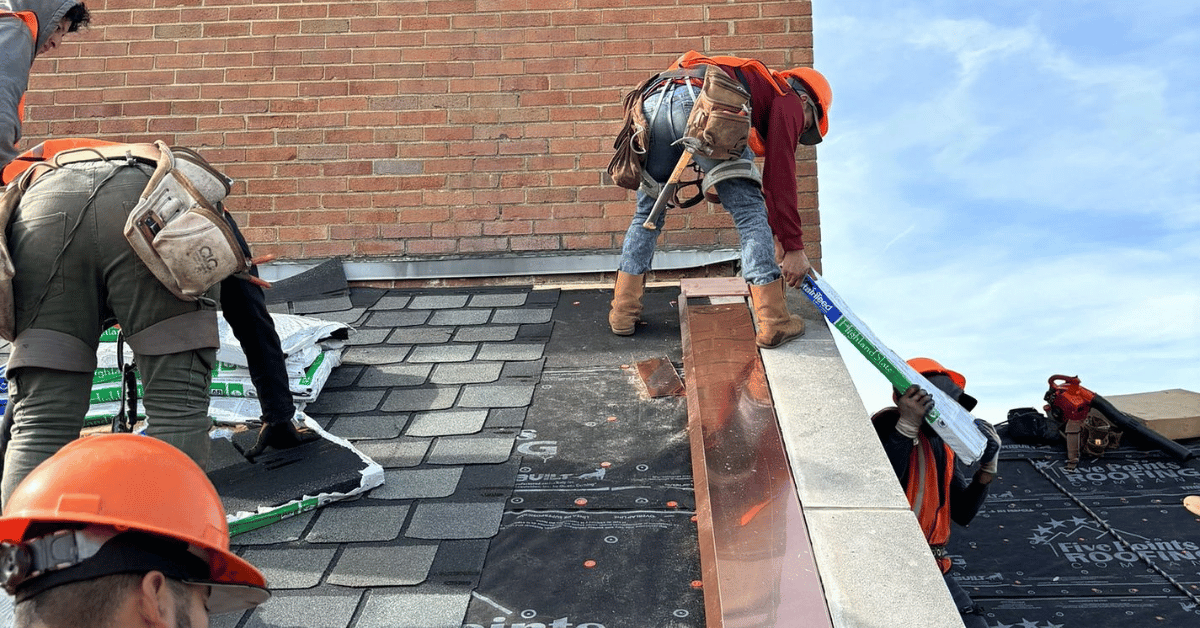
Conclusion
Flashing is essential for preventing leaks, extending your roof’s lifespan, and maintaining energy efficiency. Regular roof maintenance, including clearing clogged gutters and scheduling professional inspections, will help ensure your flashing remains in good condition. Call a professional to inspect your roof and prevent further water damage if you suspect a flashing issue. Whether dealing with a small leak or planning a new construction project, proper flashing installation should always be a top priority.




